Left-ventricular assist devices (LVADs) are a viable alternative to transplant
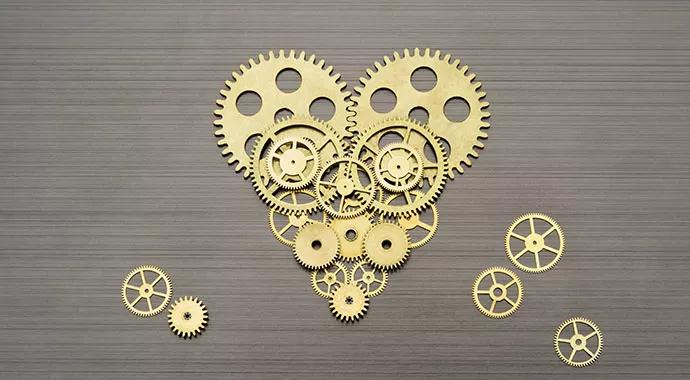
“Left-ventricular assist devices (LVADs) are another tool in the cardiologist’s armamentarium for a growing number of patients who qualify,” says Maria Mountis, DO, Medical Director of Mechanical Circulatory Support at Cleveland Clinic. Once a crutch for heart failure patients waiting for transplant, today’s mechanical circulatory support devices are smaller, stronger, quieter and a stand-alone treatment.
Cleveland Clinic is a non-profit academic medical center. Advertising on our site helps support our mission. We do not endorse non-Cleveland Clinic products or services. Policy
“The field of mechanical circulatory support has grown remarkably in the last decade, giving more patients access to ventricular assist devices for destination therapy or as a bridge to transplant,” Dr. Mountis says.
While the technology has been around for decades, the size of first-generation devices has been a limiting factor for qualifying patients. Early LVADs were bulky and not as durable as today’s “continuous flow” models that are about the size of a D battery.
“It’s important for referring physicians to know that the latest devices are smaller and can be implanted in patients with smaller frames, such as women and children,” Dr. Mountis says, relating that most patients with advanced heart failure are candidates for LVADs.
“You’d be surprised how patients turn around,” Dr. Mountis says. LVADs can help return normal blood flow to the body, and patients may achieve pre-heart failure baselines. “Patients are returning to work, and getting back to hobbies,” she says. “Most of the time, you don’t know a patient has an LVAD. They are able to do essentially everything a patient without heart failure can do.”
Currently, the indications for ventricular assist devices as approved by the FDA and insurance companies are for bridge to transplant or destination therapy. Patients who have contradictions for transplant (smoking, pulmonary hypertension, excess weight) must be managed prior to being considered a candidate can get an LVAD to support their heart as they focus on those other health goals. Without an assist device, a patient could deteriorate while waiting on the list. “An LVAD is implanted for a period of time so they can feel better until the time of transplant,” Dr. Mountis says.
But LVADs also can serve as a permanent solution in destination therapy. Some patients are too old for transplantation, or present with comorbidities that preclude them from being a candidate. Or, their heart might be very sick, but not sick enough for transplant. “Some patients simply decide they don’t want another surgery [after the LVAD], and they are happy living with the device,” Dr. Mountis adds. “They feel better.”
LVADs could actual help heal a weak heart. Some European studies suggest that LVADs could be used temporarily to assist the heart and promote recovery. Then the device could be removed.
“While the technology isn’t new, it is gaining much attention and taking cardiology to another level where we can offer these devices as an option for very sick patients,” Dr. Mountis says.

Patient-patient network analysis proves to be fast and clinically intuitive
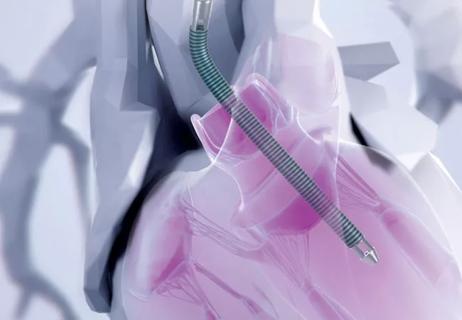
How we’re using a new multidisciplinary approach to broaden the benefits of ablation
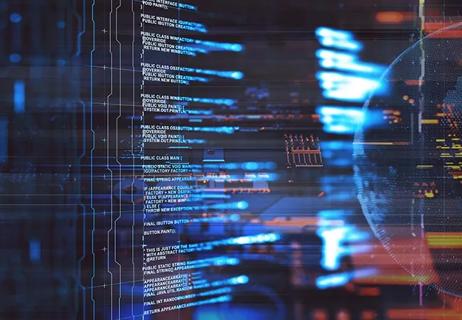
Models developed with promising accuracy and generalizability to clinical practice
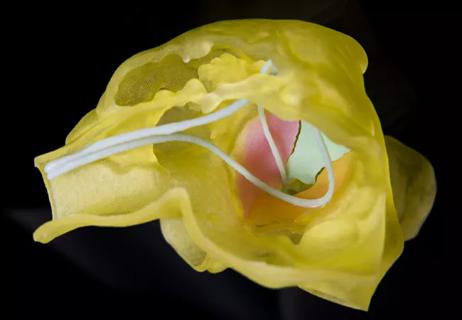
Illustrated case series profiles a valuable tool for a rare and complex entity

Keys to success include a team-based approach and integration into clinical workflow
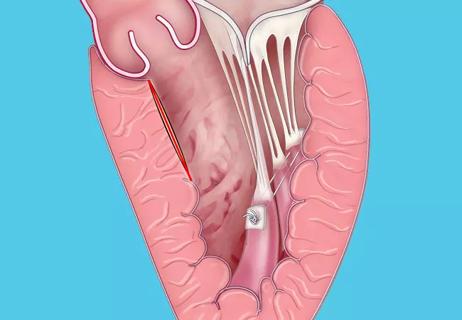
A minimally invasive, single-incision approach to two coexisting problems

New review outlines applications to date, hurdles to overcome
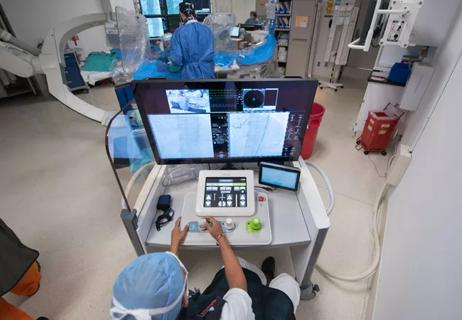
A long-overdue technology is poised to reshape practice